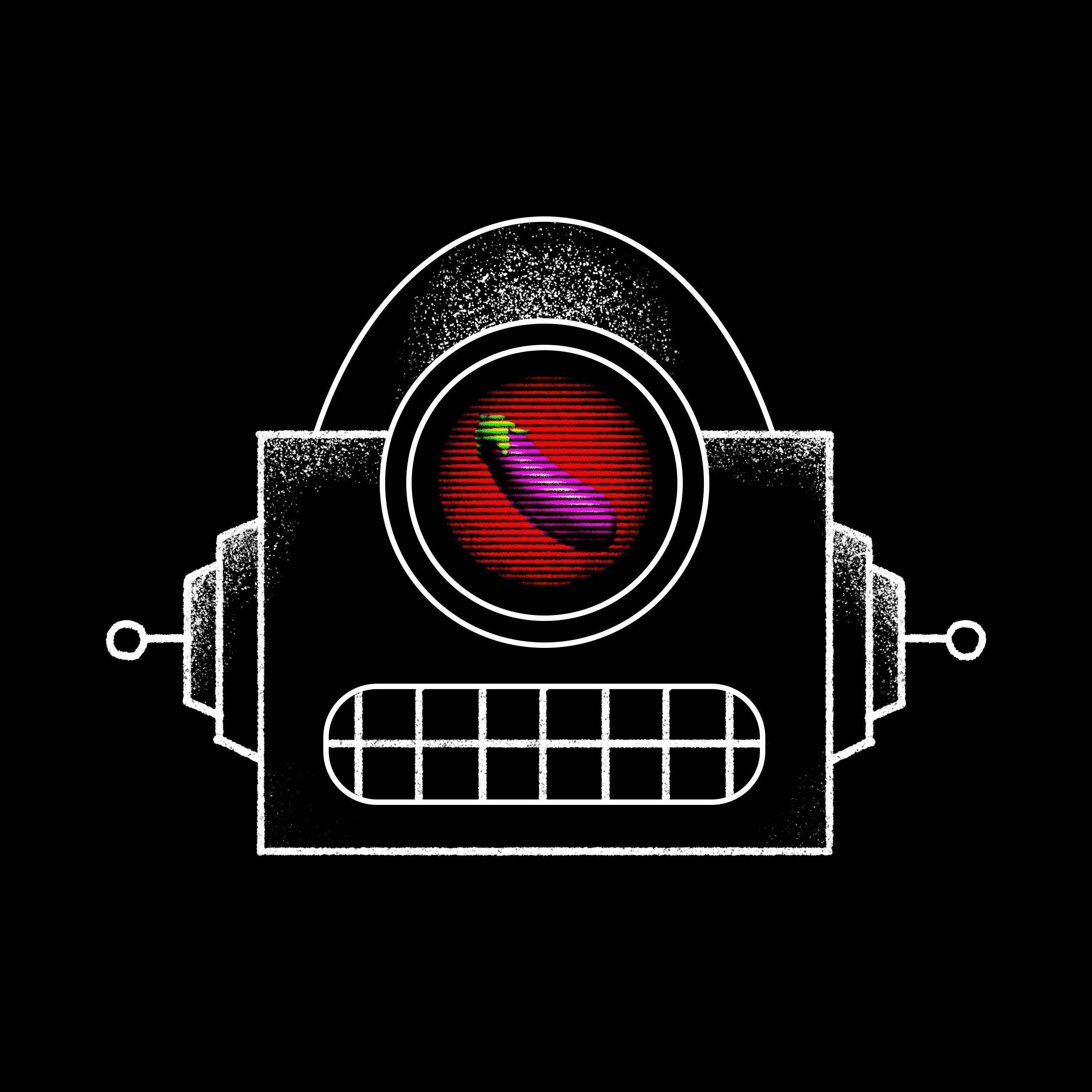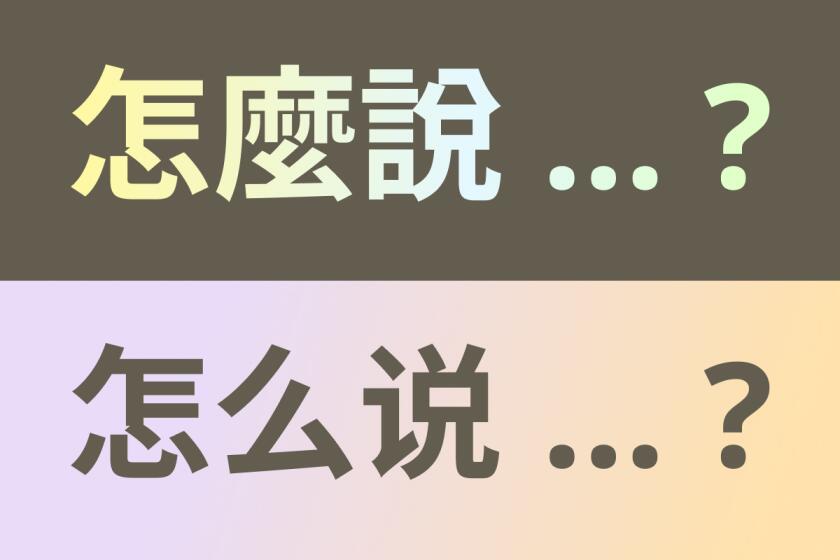California plans to enlist AI to translate healthcare information

- Share via
Tener gripe, tener gripa, engriparse, agriparse, estar agripado, estar griposo, agarrar la gripe, coger la influenza. In Spanish, there are at least a dozen ways to say someone has the flu — depending on the country.
Translating “cardiac arrest” into Spanish is also tricky because “arresto” means getting detained by the police. Likewise, “intoxicado” means you have food poisoning, not that you’re drunk.
The examples of how translation could go awry in any language are endless: Words take on new meanings, idioms come and go, and communities adopt slang and dialects for everyday life.
Human translators work hard to keep up with the changes, but California plans to soon entrust that responsibility to technology.
State health policy officials want to harness emerging artificial intelligence technology to translate a broad swath of documents and websites related to “health and social services information, programs, benefits and services,” according to state records. Sami Gallegos, a spokesperson for California’s Health and Human Services Agency, declined to elaborate on which documents and languages would be involved, saying that information is confidential.
The agency is seeking bids for the ambitious initiative, though its timing and cost is not yet clear. Human editors supervising the project will oversee and edit the translations, Gallegos said.
‘There are so many things wrong with this app that I don’t even know where to begin,’ one doctor said about Calmara, which says it can identify sexually transmitted infections from photos of penises.
Agency officials said they hope to save money and make critical healthcare forms, applications, websites, and other information available to more people in what they call the nation’s most linguistically diverse state.
The project will start by translating written material. Agency Secretary Mark Ghaly said the technology, if successful, may be applied more broadly.
“How can we potentially not just transform all of our documents, but our websites, our ability to interact, even some of our call center inputs, around AI?” Ghaly asked during an April briefing on AI in healthcare in Sacramento.
But some translators and scholars fear the technology lacks the nuance of human interaction and isn’t ready for the challenge. Turning this sensitive work over to machines could create errors in wording and understanding, they say — ultimately making information less accurate and less accessible to patients.
“AI cannot replace human compassion, empathy, and transparency, meaningful gestures and tones,” said Rithy Lim, a Fresno-based medical and legal interpreter for 30 years who specializes in Cambodian and Khmer languages.
Artificial intelligence is the science of designing computers that emulate human thinking. A type of artificial intelligence known as generative AI, or GenAI, in which computers are trained using massive amounts of data to “learn” the meaning of things and respond to prompts, is driving a wave of investment, led by such companies as Open AI and Google.
AI is quickly being integrated into healthcare, including programs that diagnose diabetic retinopathy, analyze mammograms and connect patients with nurses remotely. Promotors of the technology often make the grandiose claim that soon everyone will have their own “AI doctor.”
AI also has been a game changer in translation. ChatGPT, Google’s Neural Machine Translation and Open Source are not only faster than older technologies such as Google Translate, but they can process huge volumes of content and draw upon a vast database of words to nearly mimic human translation.
Whereas a professional human translator might need three hours to translate a 1,600-word document, AI can do it in a minute.
Arjun “Raj” Manrai, an assistant professor of biomedical informatics at Harvard Medical School and the deputy editor of New England Journal of Medicine AI, said the use of AI technology represents a natural progression in medical translation, given that patients already use Google Translate and AI platforms to translate for themselves and their loved ones.
“Patients are not waiting,” he said.
A guide to talking about family, grief, trauma and more, according to experts and community members.
He said generative AI could be particularly useful in this context.
These translations “can deliver real value to patients by simplifying complex medical information and making it more accessible,” he said.
In its bidding documents, the state says the goal of the project is to increase “speed, efficiency, and consistency of translations, and generate improvements in language access” in a state where 1 in 3 people speak a language other than English, and more than 200 languages are spoken.
In May 2023, the state Health and Human Services Agency adopted a “language access policy” that requires its departments to translate all “vital” documents into at least the top five languages spoken by Californians with limited English proficiency. At the time, those languages were Spanish, Chinese, Tagalog, Vietnamese, and Korean.
Examples of vital documents include application forms for state programs, notices about eligibility for benefits, and public website content.
Currently, human translators produce these translations. With AI, more documents could be translated into more languages.
A survey conducted by the California Health Care Foundation late last year found that 30% of Spanish speakers have difficulty explaining their health issues and concerns to a doctor, compared with 16% of English speakers.
Health equity advocates say AI will help close that gap.
“This technology is a very powerful tool in the area of language access,” said Sandra R. Hernández, president and CEO of the foundation. “In good hands, it has many opportunities to expand the translation capability to address inequities.”
But Hernández cautioned that AI translations must have human oversight to truly capture meaning.
“The human interface is very important to make sure you get the accuracy and the cultural nuances reflected,” she said.
Lim recalled an instance in which a patient’s daughter read preoperative instructions to her mother the night before surgery. Instead of translating the instructions as “you cannot eat” after a certain hour, she told her mom, “You should not eat.”
The mother ate breakfast, and the surgery had to be rescheduled.
Translating English mental health terms is challenging due to linguistic and cultural barriers. Here are some tips.
“Even a few words that change meaning could have a drastic impact on the way people consume the information,” said Sejin Paik, a doctoral candidate in digital journalism, human-computer interaction and emerging media at Boston University.
Paik, who grew up speaking Korean, also pointed out that AI models are often trained from a Western point of view. The data that drive the translations filters languages through an English perspective, “which could result in misinterpretations of the other language,” she said. Amid this fast-changing landscape, “we need more diverse voices involved, more people thinking about the ethical concepts, how we best forecast the impact of this technology.”
Manrai pointed to other flaws in this nascent technology that must be addressed. For instance, AI sometimes invents sentences or phrases that are not in the original text, potentially creating false information — a phenomenon AI scientists call “hallucination” or “confabulation.”
Ching Wong, executive director of the Vietnamese Community Health Promotion Project at UC San Francisco, has been translating health content from English into Vietnamese and Chinese for 30 years.
He provided examples of nuances in language that might confuse AI translation programs. Breast cancer, for instance, is called “chest cancer” in Chinese, he said.
And “you” has different meanings in Vietnamese, depending on a person’s ranking in the family and community. If a doctor uses “you” incorrectly with a patient, it could be offensive, Wong said.
But Ghaly emphasized that the opportunities outweigh the drawbacks. He said the state should “cultivate innovation” to help vulnerable populations gain greater access to care and resources.
And he was clear: “We will not replace humans.”
Genevieve Lane, who took Leqembi, died of a mysterious side effect called ARIA. Her death, and those of two other trial participants, have some doctors questioning whether the risks of the Alzheimer’s drug are worth its benefits.
More to Read
About this article










